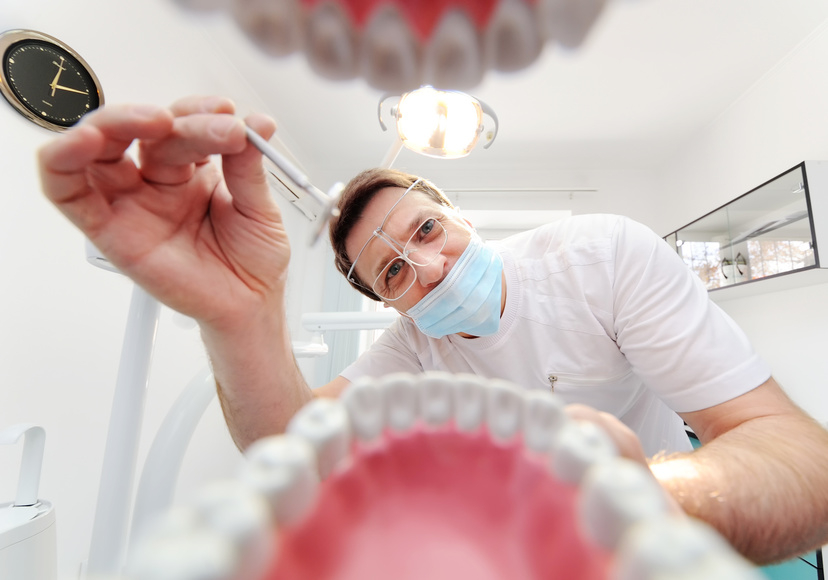
Very often it happens that patients with gum and periodontitis appear in dental offices.
Periodontium is the tissue surrounding the teeth and responsible for keeping it in place. Chronic bacterial infections are periodontal diseases that cause loss of bone that keeps teeth. Periodontal diseases that will be left without professional dental treatment result in tooth loss.
Periodontal disease begins with the appearance of a bacterial plaque – a white deposit on the teeth that causes gingivitis. The most common symptoms are: redness, bleeding during brushing. As a rule, this disease is not accompanied by pain, and when it occurs they are really small. Gingivitis is caused by improper oral hygiene. It is a reversible disease, thanks to professional tooth cleaning and improved brushing.
Treatment of gingivitis involves removing bacterial plaque, tartar and improving oral hygiene. Proper tooth brushing will help prevent relapse.
Parodontosis is a destructive process that, if left untreated, leads to worn teeth. Between the tooth and the gum, bacteria-infected pockets are formed, which, if left untreated, deepen causing further bone and gum atrophy. The factors that favor the development of parodontosis are cigarette smoking, stress, diabetes, general illnesses, poor nutrition, and genetic determinants. Also gnashing with teeth can lead to even faster development of the disease. In the treatment of periodontitis, the key is to maintain very good oral hygiene, and professional hygienization – which we offer you in our office. The therapy consists in removing the cause of periodontitis, it is possible during professional procedures performed by a dentist. There are two methods:
scaling – this is a prophylactic procedure involving the removal of deposits in the vicinity of the gums and subgingival spaces with the subsequent polishing of teeth using ultrasounds.
curettage – this is a procedure that is performed under anesthesia, it consists in a gentle cleansing of the surface of the stone root, root cement containing bacterial toxins, deep gingival pockets and smoothing of the root surface.


